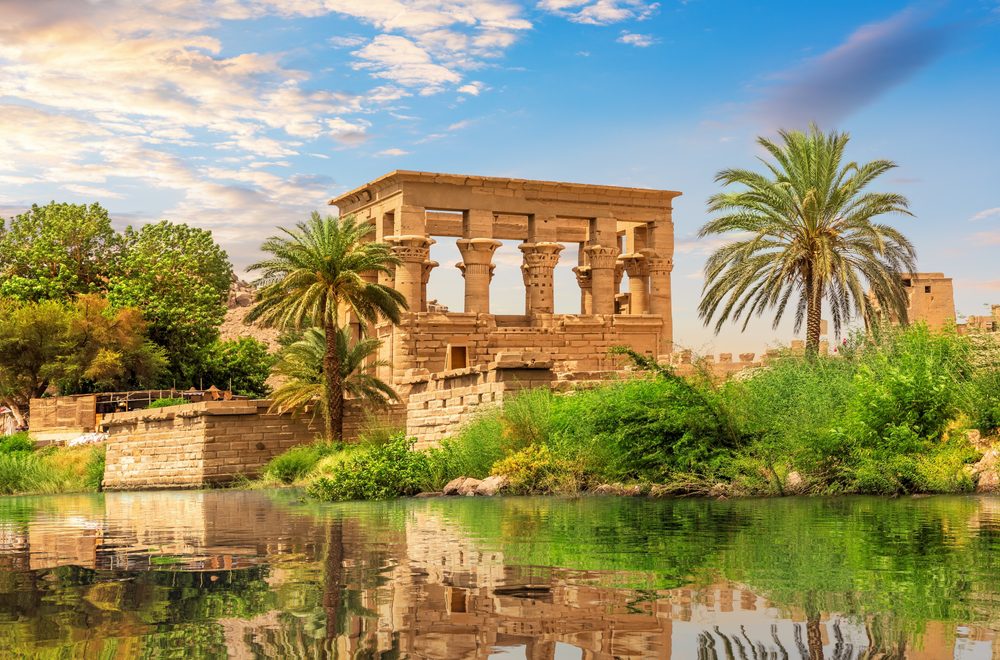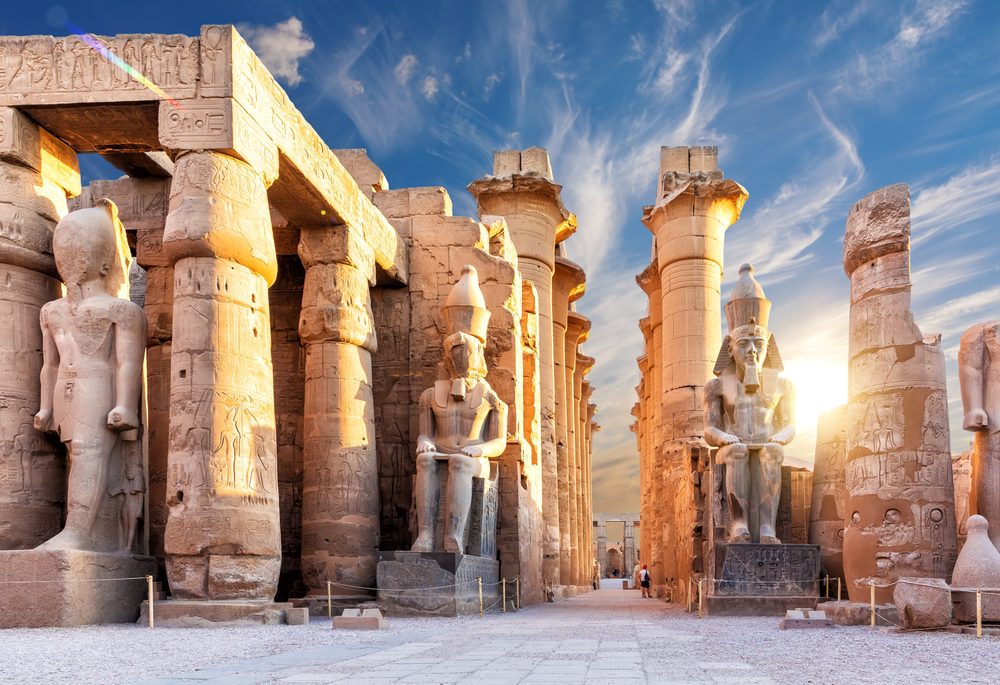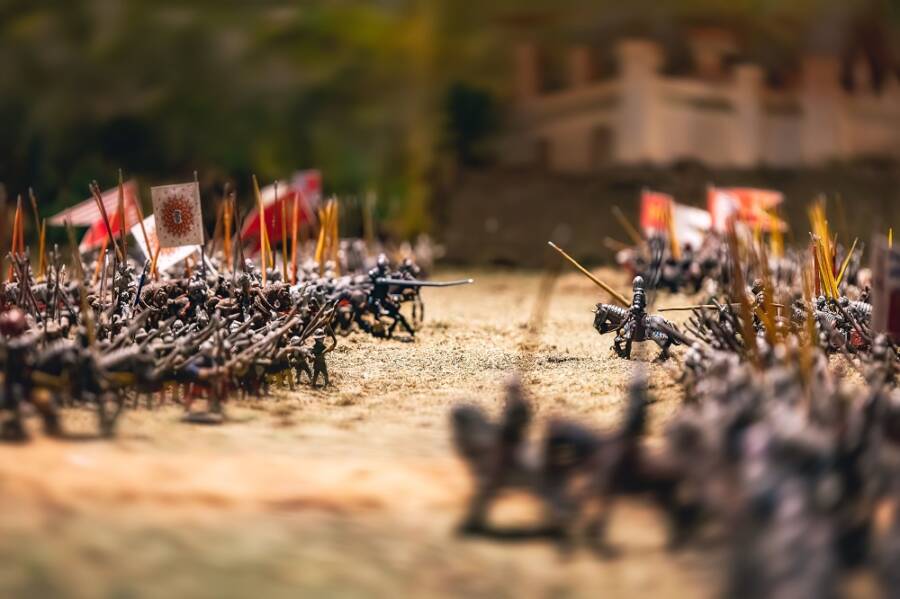10 Ancient Inventions that Will Blow Your Mind:
Only a couple of decades ago, ancient civilizations were seen as simple, primitive people. But continuous discoveries since then have revealed that there’s, in fact, a myriad of things we still don’t know about ancient cultures.
For instance, they had advanced knowledge of metallurgy, mathematics, chemistry, astronomy, and many other things. With their extensive knowledge, they forged steel stronger than anything else, at least until the Industrial Revolution, and this is just an example.
Up until this day, scientists have been scratching their heads over some of the most mind-blowing accomplishments of ancient civilizations. Here are some of the most important ones:

Aqueducts and hydro technology
Who would’ve thought that 21st-century governments would look back into the 1,500-year-old technology for extra guidance? Especially regarding solving water access issues.
However, that’s exactly what’s happening in Lima, Peru. If you didn’t know, Peru has been facing a very serious water crisis because of polluted water supplies and constant environmental changes that undermine the water security of the country.
But a new plan has been put forward by Lima’s water utility company, Sedapal, meant to revive an ancient network of stone canals that were built by the Wari culture as early as 500 AD to supply the population with clean and unpolluted water.
Steel
More than 2,000 years ago, ancient people in the Levant were forging swords made of steel, and they were so advanced that the blacksmiths would not come even close to creating anything of equal quality until modern times.
The metal was strong enough for the swords to slice straight through objects made of other metals. The steel, commonly known as Damascus steel, was made out of a raw material known as Wootz steel from Asia.
Other materials were also added during the steel’s production to make chemical reactions at the quantum level. It was first used around 300 BC, but it was also produced en masse in the Middle East between 1100 and 1700 AD.
Concrete
Nowadays, structures made out of concrete are generally designed to last between 100 and 120 years. However, the Romans built structures from concrete 2,000 years ago, and they managed to keep their structural integrity up to this day. So what was their secret, really?
As it turns out, they made concrete by mixing lime, volcanic rock, and seawater. The combination of these three triggered a specific chemical reaction, where the lime incorporated molecules into its structures, reacting with the ash to cement the entire mixture.
Road-building
These days, we should consider ourselves lucky to get a decent highway built within a year. But believe it or not, it wasn’t always like this. Ancient people knew the importance of roads and networks linking together cities and settlements across different regions and countries, and they built them extremely fast!
Qhapaq Nan, also known as the Main Andean Road, is an enormous network of roads used by the nightly Inca Empire that extends over 30,000 kilometers.
It was also the backbone of the Inca Empire’s political and economic power, connection production, administrative, and ceremonial centers of pre-Inca Andean culture.
The Incas of Cuzco managed to achieve a unique infrastructure on a grand scale in less than 100 years, extending their vast network across what is now known as Argentina, Bolivia, Chile, Colombia, Ecuador, and Peru. The Romans are also known as expert road builders.

Stone cutting
All over the world, we might find various examples of ancient stone cuttings that are so precise that they even rival modern-day creations produced with advanced machinery.
One great example can be easily found at Puma Punku, an ancient archaeological site in Bolivia. Some historians believe it dates back to 15,000 years old and contains some incredible stonework that looks as if the stones were cut with a diamond tool.
Gigantic blocks that weigh up to 800 tons have perfectly straight edges that lock perfectly into each other and have zero chisel marks. Any attempts to replicate the precision of the stonework have failed so far.
Agriculture
Human sacrifice is generally the first thing that comes to mind when it comes to Aztecs and any other Mesoamerican cultures. But there’s much more to these civilizations than this practice.
In fact, one of their innovations was the chinampa agricultural system, also known as “floating gardens”, which can be found on the shallow lake beds of the Valley of Mexico.
A chinampa plot was made by staking out a rectangular enclosure into the marshy lakebed. As it turns out, the enclosure would then be fenced by uniting the stakes with wattle.
Then, they would pour mud into the fenced-in area. To prevent the roots from becoming waterlogged, the fill needed to bring that chinampa plot above the lake level
Walls
The Inca civilization is well-known for its advanced masonry work, and most of it can still be seen in Machu Picchu and Sacsayhuaman in Peru. Their large dry stone walls are built from huge blocks carefully cut to fit together very close to one another.
That level of precision is unmatched up to this day. The spaces between stones are so close that even a single piece of paper might not fit between many of the stones.
The precision and the rounded corners of the blocks, but also the way the walls lean inward, have shocked scientists for decades. The methods they used to match the shape of a stone with another one are still unknown, and any other attempts to recreate their technique have failed.
City planning
In the last century, various ancient cities astounded scientists and urban planners alike. When archeologists discovered the 5,000-year-old site of Mohenjo Daro in Pakistan, they also discovered something completely unprecedented in that region.
The city demonstrated an astounding level of civic planning and amenities. The houses were furnished with brick-built bathrooms, and lots of them even had toilets.
Wastewater was led into well-built brick sewers that ran along the center of the streets, covered with other bricks and stone slabs. Back in its day, the city would have been the home of no less than 40,000 inhabitants.
Astronomy
From star constellations painted on ancient Greek ceramics all the way to Native American rock art depicting solstices, star charts in ancient Japanese tombs, and Australian Aboriginal Dreamtime stories reflecting well-known astronomical events, but also a 10,000-year-old megalithic calendar in Scotland, there’s really no doubt that ancient civilizations were highly advanced.
They knew so many things about the cosmos and its movements! But just how they were able to see so precisely without technology is still hard to tell.
Weapons
Even if there’s really no doubt that modern-day weapons are way superior to their ancient counterparts, especially when it comes to their ability to unleash mass death and destruction, there are still a number of powerful ancient weapons that shock scientists with their construction and capabilities.
The Greek mathematician, engineer, inventor, and astronomer Archimedes reportedly made a heat ray weapon, also known as the “death ray”, meant to defend against the ships attacking Syracuse, a historic city in Sicily.
As the 2nd century AD author Lucian explained, the weapon was mainly made of large reflectors, used to focus sunlight onto approaching ships, causing them to catch fire.
Also, if you want to learn more about ancient civilizations, make sure you check out this series on Amazon!
If you enjoyed reading this piece, then we also recommend reading: These 7 US Cities Changed Their Names. Do You Know Why?






One Response